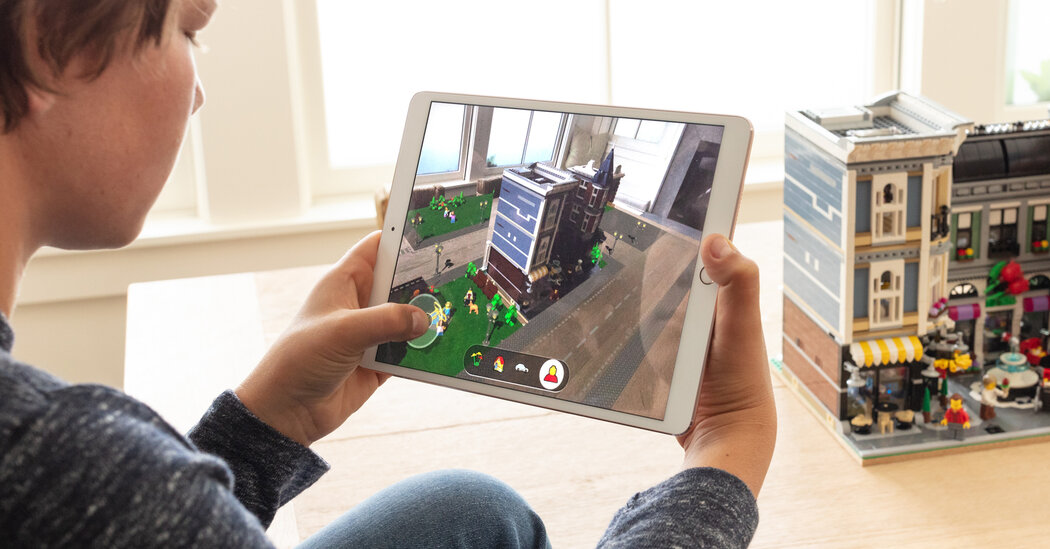
Apple’s development of virtual-reality content and software tools is central to creating experiences that give its future headset purpose. Its last major new product, the Apple Watch, was launched with about 3,000 apps but struggled to take off because tech reviewers said few of those apps were useful. Similar shortcomings have dogged Meta’s Quest virtual-reality headset, which surpassed 10 million sales last year, because many view it as a gaming device.
From its original Macintosh to its iPad, Apple has pursued products that attract a broad swath of potential customers and have an array of uses. It sold an estimated 240 million iPhones last year, accounting for about half of its $366 billion in total sales. To make the headset worthwhile, analysts said, it will need to have utilities that transcend the niche world of video games.
Tim Cook, Apple’s chief executive, has been talking about the potential of augmented reality for years. In 2016, he told investors that the company was investing heavily in it and considered it a “great commercial opportunity.” Around that time, many employees on Apple’s campus were reading “Ready Player One,” a futuristic novel about virtual reality, and talking about the possibilities of creating Apple’s own mixed-reality world.
Apple hired an engineer from Dolby Technologies, Mike Rockwell, and tasked him with leading the effort. His early efforts to create an augmented-reality product were hobbled by weak computing power, two people familiar with the project said. Continuing challenges with its battery power have forced Apple to postpone its release until next year, those people said.
The augmented-reality initiative has been divisive inside Apple. At least two members of its industrial design team said they had left the company, in part, because they had some concerns about developing a product that might change the way people interact with one another. Such sensitivities have increased inside the company amid rising public concern about children’s screen time.
With Mr. Rockwell at the helm, the product would be one of the first to come out of Apple led by its engineering team rather than its co-founder Steve Jobs, who died in 2011, and its former design chief, Jony Ive, who left the company in 2019. The Apple Watch project was led by Mr. Ive and his designers, who defined how it looked, operated and was marketed.
Mr. Favreau’s programming shows how Apple is trying to differentiate its product from Meta’s. It also illustrates how the company is tapping into the relationships it has cultivated in Hollywood since starting Apple TV+ in 2019.




